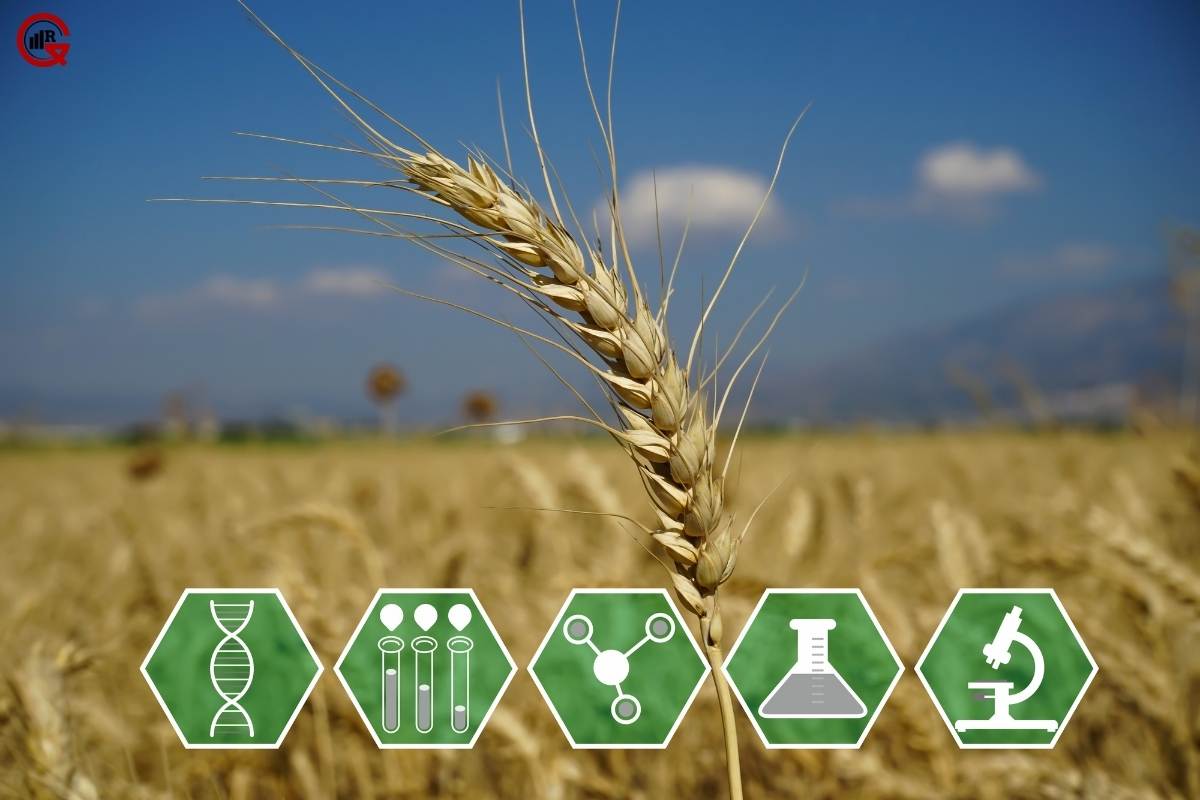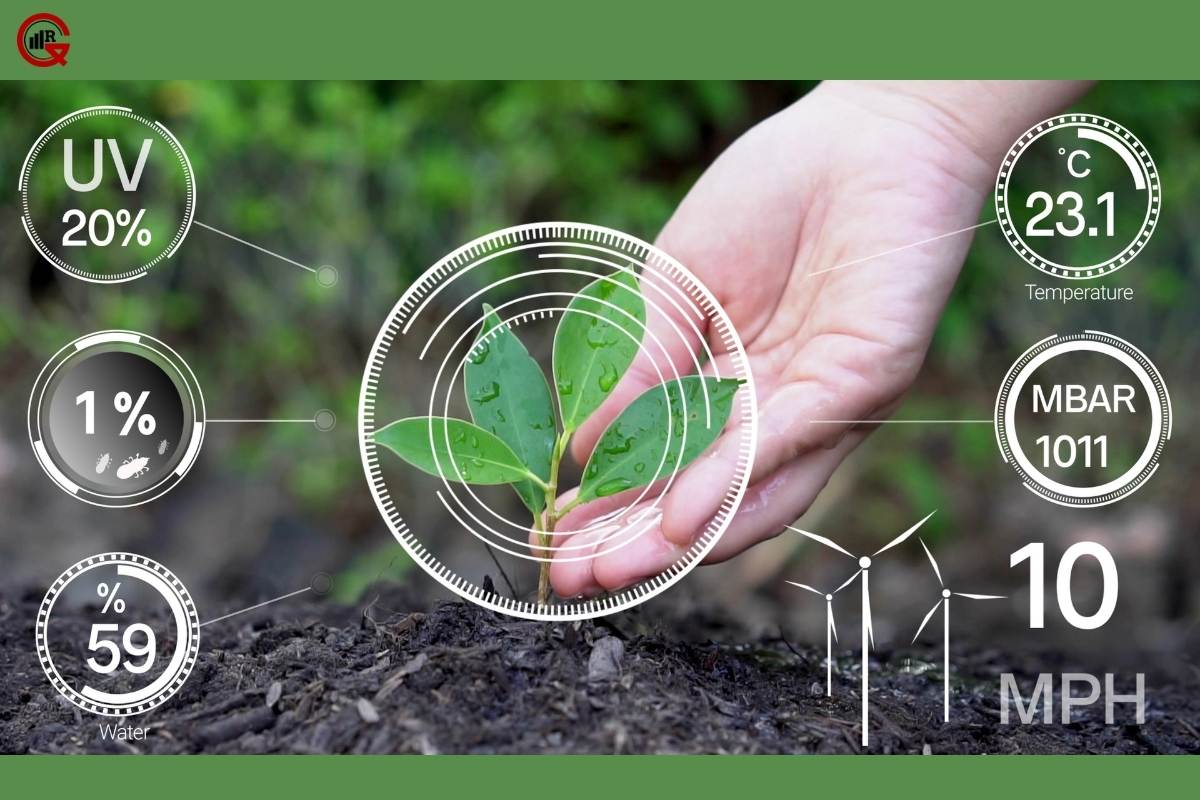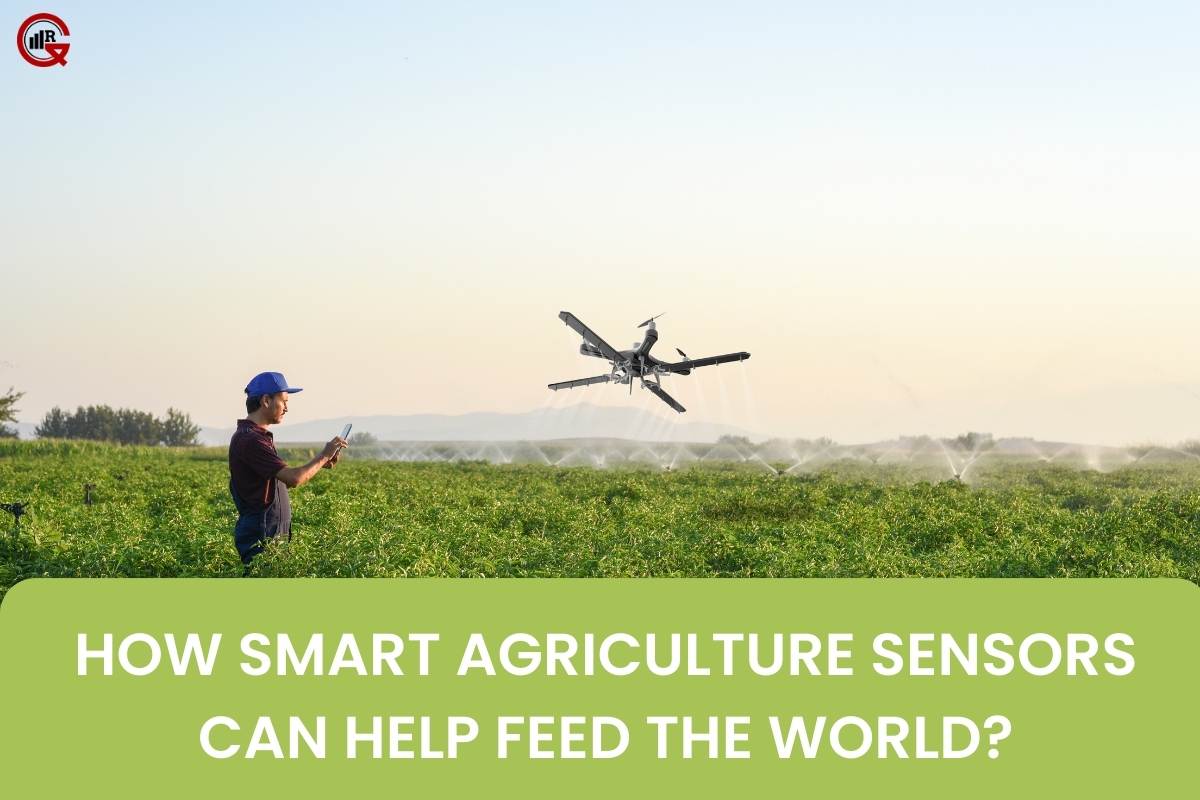In an era marked by population growth, climate change, and resource scarcity, the global agricultural sector faces unprecedented challenges in meeting the food demands of a growing population while minimizing environmental impact. In this context, smart agriculture sensors have emerged as a transformative solution with the potential to revolutionize farming practices, enhance productivity, and ensure food security for future generations. This article explores the role of smart agriculture sensors in addressing the world’s food security challenges and highlights their applications, benefits, and future potential.
Introduction to Smart Sensors

Smart agriculture sensors are advanced devices equipped with cutting-edge technologies such as IoT (Internet of Things), AI (Artificial Intelligence), and remote sensing capabilities. These sensors collect real-time data on various aspects of agricultural production, including soil conditions, weather patterns, crop health, and livestock behavior. By providing farmers with actionable insights and decision-support tools, smart farming enables precision farming practices that optimize resource utilization, enhance productivity, and minimize environmental impact.
Applications of Smart Agriculture Sensors
Smart farming finds applications across the entire agricultural value chain, from soil preparation and planting to harvesting and post-harvest management. One primary application is soil sensing, where sensors measure key parameters such as moisture levels, nutrient content, pH levels, and salinity. This data enables farmers to implement precise irrigation and fertilization strategies, ensuring optimal soil conditions for crop growth while minimizing water and fertilizer waste.
Crop monitoring is another critical application, with sensors assessing plant health, growth rates, and pest infestations in real time. By detecting early signs of stress or disease, smart agriculture farming empowers farmers to take timely interventions such as targeted pesticide application or irrigation adjustments, thereby reducing crop losses and maximizing yields.
Weather sensing is yet another essential application, with sensors providing accurate and localized data on temperature, humidity, wind speed, and precipitation. This information allows farmers to make informed decisions regarding planting schedules, irrigation timing, and harvest planning, reducing the risk of weather-related crop damage or yield loss.
Benefits of Smart Agriculture Sensors
The adoption of smart agriculture farming offers numerous benefits for farmers, ecosystems, and society at large. One significant advantage is increased productivity and efficiency, as sensors enable precise resource management and decision-making tailored to specific field conditions. By optimizing inputs such as water, fertilizer, and pesticides, farmers can achieve higher yields while minimizing waste and environmental impact.

Moreover, smart sensors facilitate sustainable farming practices by promoting soil health, biodiversity, and natural resource conservation. By monitoring soil moisture and nutrient levels, for example, farmers can implement targeted irrigation and fertilization strategies that reduce water usage and nutrient runoff, thus preserving precious resources and safeguarding ecosystems.
Furthermore, smart agriculture sensors enhance risk management and resilience in the face of climate variability and extreme weather events. By providing timely and actionable data on weather patterns, soil conditions, and crop health, sensors enable farmers to adapt and respond proactively to changing environmental conditions, reducing the vulnerability of agricultural systems to climate-related disruptions.
Challenges and Considerations
Despite their transformative potential, smart sensors also present challenges and considerations that must be addressed for widespread adoption and effectiveness. One challenge is the complexity and cost associated with deploying and maintaining sensor networks, especially for smallholder farmers or those operating in remote or resource-constrained areas. Ensuring affordability, accessibility, and user-friendly interfaces will be essential for democratizing access to smart agriculture sensors and maximizing their impact across diverse farming communities.
Moreover, interoperability and data integration presents technical challenges, as smart sensors generate vast amounts of data that must be collected, processed, and analyzed in real-time. Establishing common standards and protocols for data exchange and compatibility will be critical for enabling the seamless integration of sensor technologies into existing farm management systems and decision-support tools.
Privacy and data security concerns also loom large, as smart sensors collect sensitive information about farm operations, land use, and crop performance. Safeguarding data privacy, ensuring secure data transmission and storage, and establishing clear protocols for data ownership and usage rights will be essential for building trust and fostering responsible stewardship of agricultural data.
The Future of Smart Agriculture Farming Sensors
Despite these challenges, the future of smart agriculture farming sensors appears promising, with continued advancements in technology, research, and innovation driving their development and adoption. As sensor technologies become more affordable, scalable, and accessible, farmers of all scales and geographies will have the opportunity to leverage the power of real-time data and advanced analytics to optimize their farming practices and enhance productivity.

Moreover, the integration of smart agriculture farming sensors with other emerging technologies such as precision robotics, drones, and autonomous machinery holds the potential to further revolutionize farming practices and unlock new efficiencies and capabilities. From autonomous tractors for precision planting to aerial drones for crop monitoring and management, smart agriculture sensors are enabling a new era of autonomous and data-driven farming that promises to reshape the agricultural landscape.
Furthermore, the potential applications of smart agriculture farming sensors extend beyond traditional farming practices to encompass emerging fields such as vertical farming, hydroponics, and urban agriculture. By leveraging sensor technologies in controlled environments such as indoor facilities or hydroponic greenhouses, urban farmers can produce fresh, locally grown produce year-round, enhancing food security and sustainability in densely populated urban areas.
Conclusion
In conclusion, smart agriculture sensors represent a powerful tool for addressing the world’s food security challenges and building a more sustainable and resilient agricultural future. By harnessing the power of real-time data, advanced analytics, and emerging technologies, smart agriculture sensors empower farmers to make smarter, more informed decisions, optimize resource utilization, and enhance productivity while minimizing environmental impact.
As we look to the future, continued investment in research and development, infrastructure, and capacity-building will be essential for realizing the full potential of smart agriculture sensors and ensuring their equitable and inclusive adoption across diverse farming communities. By working collaboratively across sectors and harnessing the collective wisdom of farmers, scientists, policymakers, and industry stakeholders, we can unlock the transformative power of smart agriculture sensors and build a more sustainable, resilient, and food-secure future for generations to come.






